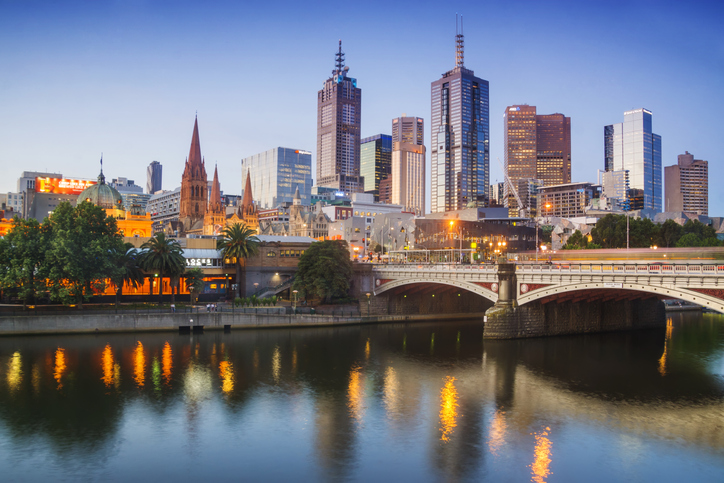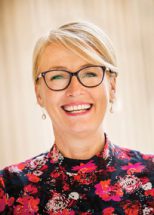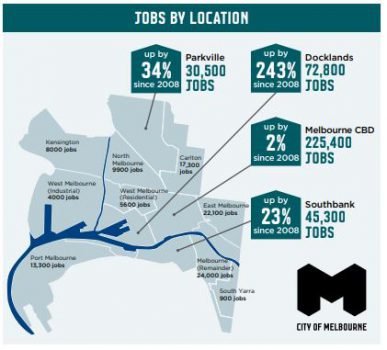
Melbourne’s economy has hit boom time according to a census of of land use, employment and economic activity conducted by Council.

The 2018 Census of Land Use and Employment (CLUE), shows the City of Melbourne’s annual gross local product has hit a historic high of $100.3 billion, Lord Mayor Sally Capp says.
“Incredibly our $100.3 billion GLP is more than the Gross State Product of Tasmania, the Northern Territory and the ACT – a combined $96 billion,” Cr Capp said in a statement.
Employment in the City is also booming, the CLUE data shows, with an increase of 73,400 jobs from 2008, or an average annual increase of 1.7 per cent, taking total employment to almost 480,000.
“Over the past decade we’ve seen massive employment growth across the city, reaching more than 479,200 jobs across 16,800 businesses in 2018,” Cr Capp said.
The major employing industries are business services, and finance and insurance services, which together account for 31 per cent of the municipality’s employment.
Along with the health care and social assistance industry, they accounted for 55 per cent of jobs growth over the past 10 years.
The industries that have seen the most growth in the past decade are business services, food and beverage services, health care and social assistance and finance and insurance.
Docklands leading the charge
The data showed that the Docklands is leading the city in terms of job growth, and has seen an increase of 243 per cent in employment over the past decade, an increase of 51,600 jobs to a total of 72,800.
“Despite the well-known teething problems with such an ambitious urban renewal project, Docklands is now a crucial hub for job creation in our city,” the Lord Mayor said.
“The employment growth in Docklands shows confidence in the future of the city’s economy.”
There was also a 23 per cent increase in jobs in Southbank and a 34 per cent increase in jobs in the inner suburb of Parkville.

Cafe culture on the up
The CLUE data shows that the City’s café and restaurants culture has increased over the past decade, with 50,000 new seats in its eating venues.
“In 2018, there were 2,390 cafés or restaurants, with 195,000 seats. This is enough café and restaurant seating to cater for the number of people that attended the 2018 AFL Grand Final at the MCG (100,000) almost two times over,” the report says.
In terms of its land use, the City has undergone significant change over the past 10 years, and is moving away from being a city dominated by commercial buildings to becoming a place to live, the census shows
“We’ve added 12,630 new dwellings to the CBD in the past ten years. The growth in our CBD alone is the equivalent of the entire amount of housing within the City of Adelaide,” the Lord Mayor said.
The data also showed that residential accommodation is the largest use of floor space within the city, taking up 7,540,000 square metres.
The technology behind the CLUE report was developed by City of Melbourne Council with funding from a federal Smart Cities and Suburbs grant and is available to all Australian local governments for planning, policy development and strategic decision making.
Comment below to have your say on this story.
If you have a news story or tip-off, get in touch at editorial@governmentnews.com.au.
Sign up to the Government News newsletter
If only the roads were better and there were less intrusive bike lanes because some of the bike lanes have been so poorly constructed even local engineers are concerned.